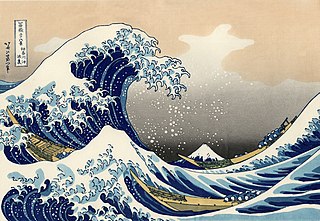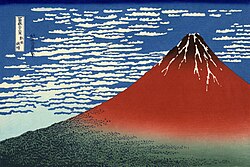
If you have ophidiophobia, this photo might make you feel like vomiting. Well, I admit that these slimy creatures look grotesque, but they taste very good once cooked. Rich in vitamin A and E and omega-3 fatty acids, unagi has been traditionally eaten especially in summer when people feel tired and need to gain stamina.
Unlike other types of fish, unagi is very hard to prepare at home. It is almost impossible for non-professionals to split down the back or the belly (depending where you live) of this long slimy fish, which requires special techniques. So we usually eat unagi at restaurants or buy already-cooked one at fish shops or supermarkets.
This is うな重 (unaju) that I had recently, for the first time in a year. The one served in lacquered bento-box like this is called unaju, and the one served in a bowl is called うな丼 (unadon), both of which are basically the same -- broiled unagi fillets on top of steamed white rice.
Eels are most commonly eaten in 蒲焼(kabayaki,) style like this photo, where the fish is grilled or broiled after being dipping in soy-based sweet sauce called たれ(tare). When it is cooked without this sauce, it is called 白焼き(shirayaki), which is also very delicious
I really love unagi, but unfortunately I have not had it much since last year, because the price of unagi is now rocket high. Catches of Japanese eel fry (しらすうなぎ shirasu unagi) have been increasingly poor these last couple of years due to overfishing and climate changes. Last year the Ministry of Environment designated Japanese eel as the species at the risk of extinction. If this situation continues, we will not be able to eat eels in the near future.
It is known that Japanese eels spawn in the Pacific Ocean, somewhere near Guam, and the young eels migrate to Japanese rivers. Unagi fishermen catch them at the mouth of the rivers and make them grow big at the farms. The problem is, hatching of fertilized eggs at laboratories is quite difficult, and growing the newly-hatched eels bigger is even more difficult and pricey.
Eels are not the type of fish we eat every week, yet I'd like to have it at least once a year. I would be really sad if eel fishing is completely banned. If you have a chance to come to Japan soon, try to eat eels before they become extinct!
Today's useful expressions: 今日のお昼は、うなぎを食べようよ。Kyo no ohiru wa unagi o tabeyoyo. = Why don't we eat eels for today's lunch?






















